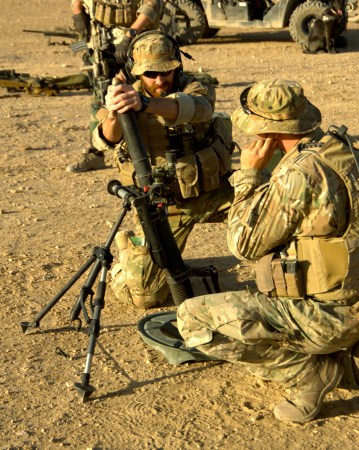In the military, being fit isn’t just for looks. Without meeting certain fitness standards, military personnel may not be able to do their jobs properly, putting themselves and others in danger. What those standards should be, exactly, has been up for debate for decades. Now, the Air Force is rethinking what it means to be fit for duty. In 2021, the universally despised “tape test” will finally be gone.
Say goodbye to unfair fitness assessments, say hello to a stronger Air Force.
The US Air Force fitness test has historically been composed of three sections measuring cardiorespiratory endurance, strength, and body composition. While the cardio and strength sections are still under review, the body composition portion is getting a makeover.
In the past, the test has relied on waist or neck measurements to estimate body fat percentages. Unfortunately, it’s not a very accurate assessment. Some airmen with muscular frames had very low body fat, but still failed the waist measurement test. Getting an accurate waist measurement is another challenge; measurements vary depending on the time of day, how much you ate for breakfast, and who is administering the test.
Because of this, Airmen who didn’t pass were previously forced to reduce their measurements however they could in order to meet the testing standards; even when that meant losing muscle mass in the process. The goal here isn’t to make it easier to get away with lower levels of fitness. On the contrary, the entire point is to give a more accurate assessment of how fit an individual is, regardless of their individual build or body type.
Upcoming tests, which are expected to resume in January 2021, will still include a 1.5 mile run, and one minute each of pushups and situps. Until new standards are defined, everyone will receive full marks for the waist measurement portion of the test. According to Air Force Chief of Staff Gen. Charles Q. Brown, Jr., more changes are likely to come soon.
A new, more holistic approach to fitness testing is on the horizon.
While the pushups and running are still part of the standards for now, that may not always be the case. Ultimately, department leaders are working to redesign tests with a focus on long term fitness outcomes. Why train with dozens of pushups when planks are less damaging and just as effective? Brown is hoping for fewer overuse injuries, fewer ineffective testing measurements, and better health and fitness for future Airmen.

























